When you see sewage,
do you instinctively stay away?
But did you know—
sewage can actually help treat diseases,
and even serve as a cure for stubborn illnesses?
Each year, infections caused by drug-resistant bacteria lead to 4.71 million deaths worldwide. The development of antibiotics simply can’t keep up with bacteria’s rapid mutations. Now, an ancient microorganism called bacteriophage is being revived. Thanks to the power of Shanghai’s scientific research, it’s moving from the laboratory to the clinic, opening a uniquely efficient and precise “Chinese pathway” to tackle one of the world’s greatest public health challenges: antibiotic resistance.
From “treasure hunting in sewage” to “1-hour matching,” new productive forces are breaking technological barriers.
Bacteriophages are the most abundant microorganisms on Earth—every milliliter of sewage may contain millions of them. As viruses that specifically attack bacteria and are harmless to human cells, they are nature’s “chosen weapon” against bacterial infections. Yet for years, limitations in traditional technology prevented their potential from being fully realized.
“In the past, treating infections caused by drug-resistant bacteria meant first isolating phages from sewage, then matching them with the patient’s bacterial strain—a process that could take at least a week. Many critically ill patients simply couldn’t wait that long,” said 朱同玉, Vice Dean of 复旦大学上海医学院, Director of 复旦大学噬菌体研究所, and academic leader of kidney transplantation at 中山医院. His words reveal the challenge that traditional phage therapy has long faced.
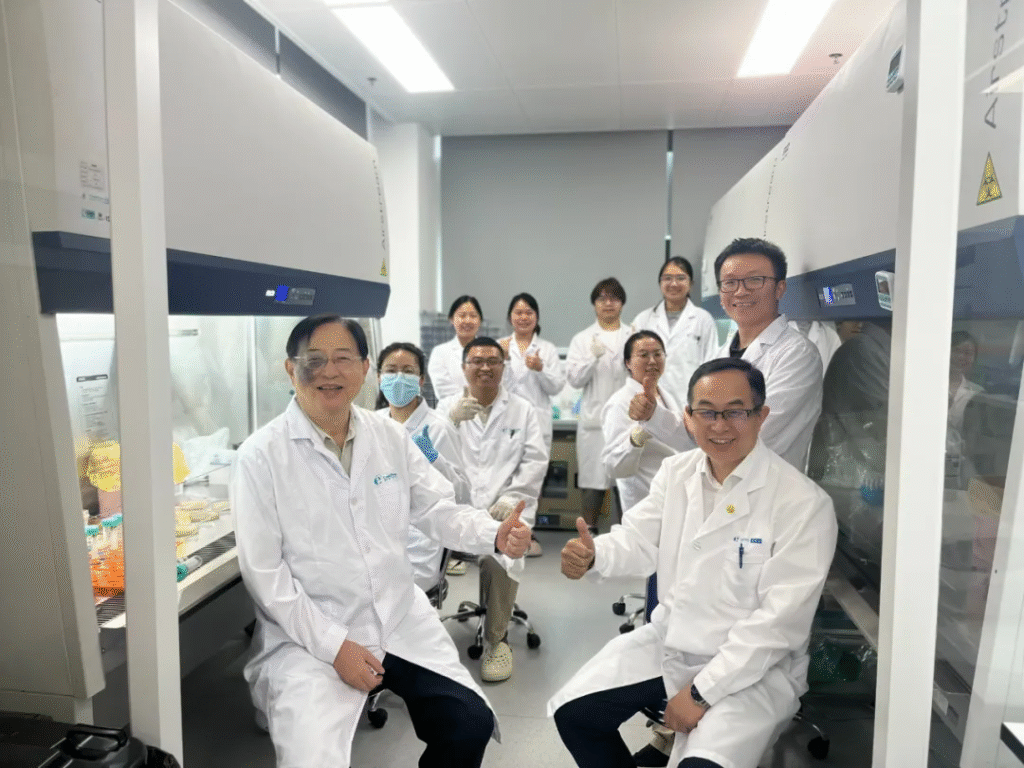
But now, a research team in Shanghai has completely broken this deadlock with a “virtual matching” technology. Relying on big data and epidemiological analysis, this innovation eliminates the need to wait for a patient’s bacterial sample. By using only information such as the infection site and antibiotic susceptibility, the system can accurately predict the bacterial strain through its database and generate a customized bacteriophage “cocktail” formula within just one hour.
This formula typically combines 3–4 phages to cover the top three most likely pathogens—enabling doctors to treat ahead of time instead of waiting.
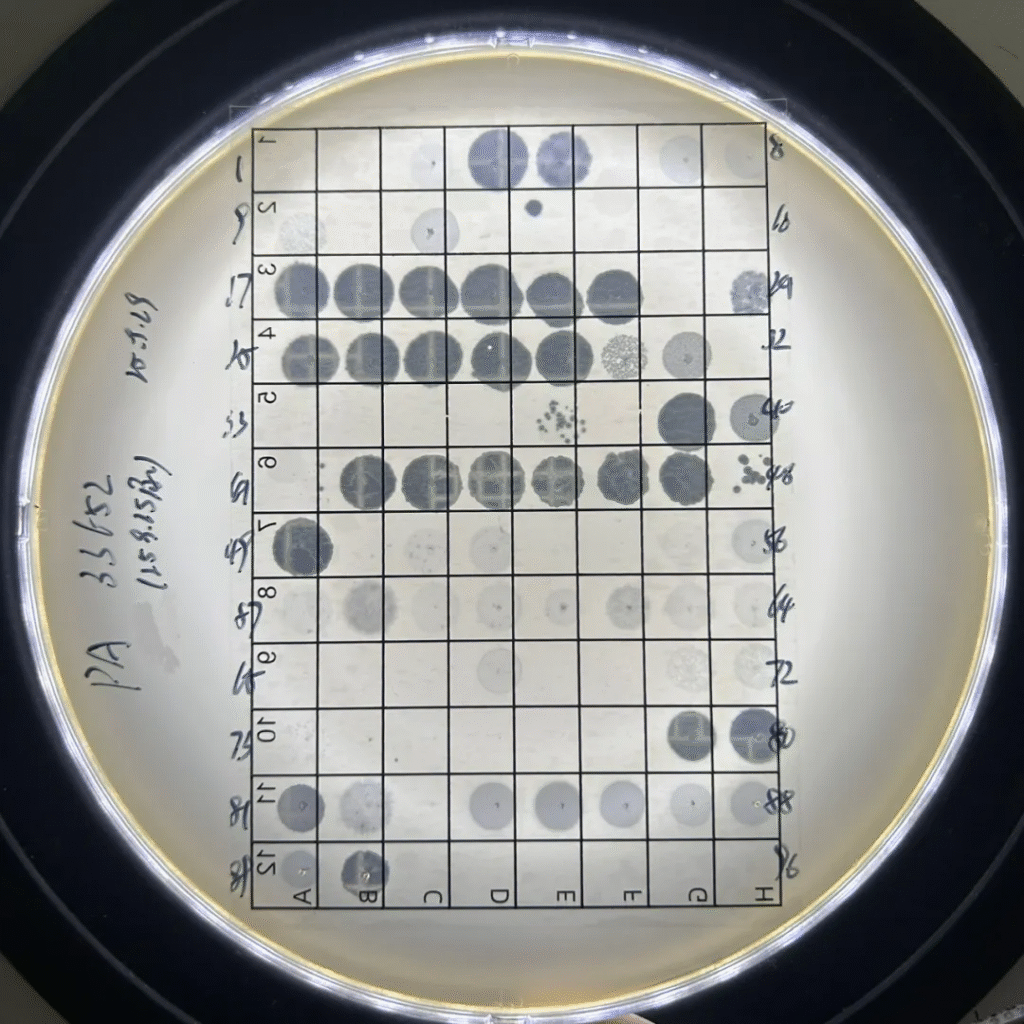
Supporting this breakthrough is a biological resource bank the team has spent eight years building. Inside the refrigerators at the 复旦大学噬菌体研究所, there’s no food—only samples collected from sewage treatment plants and hospitals in more than 20 provinces and cities across China. Over the years, they’ve screened thousands of phage strains, creating a “weapons arsenal” targeting common drug-resistant bacteria such as Acinetobacter baumannii and Pseudomonas aeruginosa.
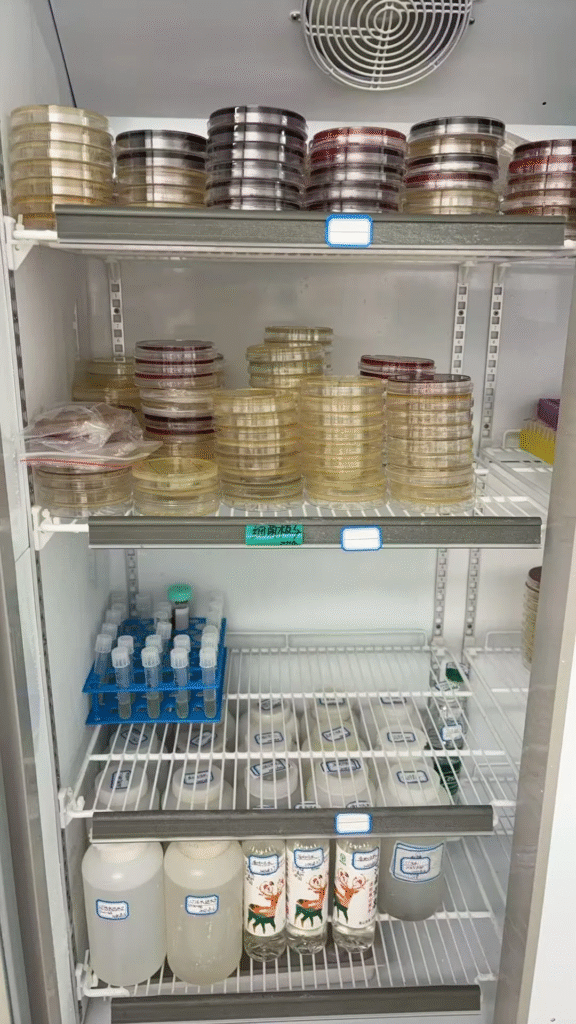
Last year alone, the team achieved nearly 100% matching success for Acinetobacter baumannii. Only two newly emerged bacterial strains didn’t match any existing phages—and these two became precious resources for expanding the “arsenal.”
From personalized rescue to engineered innovation — building a full-chain ecosystem
Eighty-four-year-old Grandpa Wu is a direct beneficiary of this technology. He had developed acute cholecystitis after knee replacement surgery, which led to an infection with drug-resistant Acinetobacter baumannii. After being admitted to the ICU, his lung inflammation worsened rapidly, and all conventional antibiotics failed.
“At that time, the doctors said there were no more treatment options left. We transferred him to 中山医院 with only a sliver of hope,” recalled his family. After the transfer, the team used virtual matching to precisely identify the K23 strain of Acinetobacter baumannii. Just two rounds of phage therapy led to a marked reduction in his sputum production, and the lung infection was brought under control. Two weeks later, he was out of danger — and today, he can eat normally and do rehabilitation exercises.
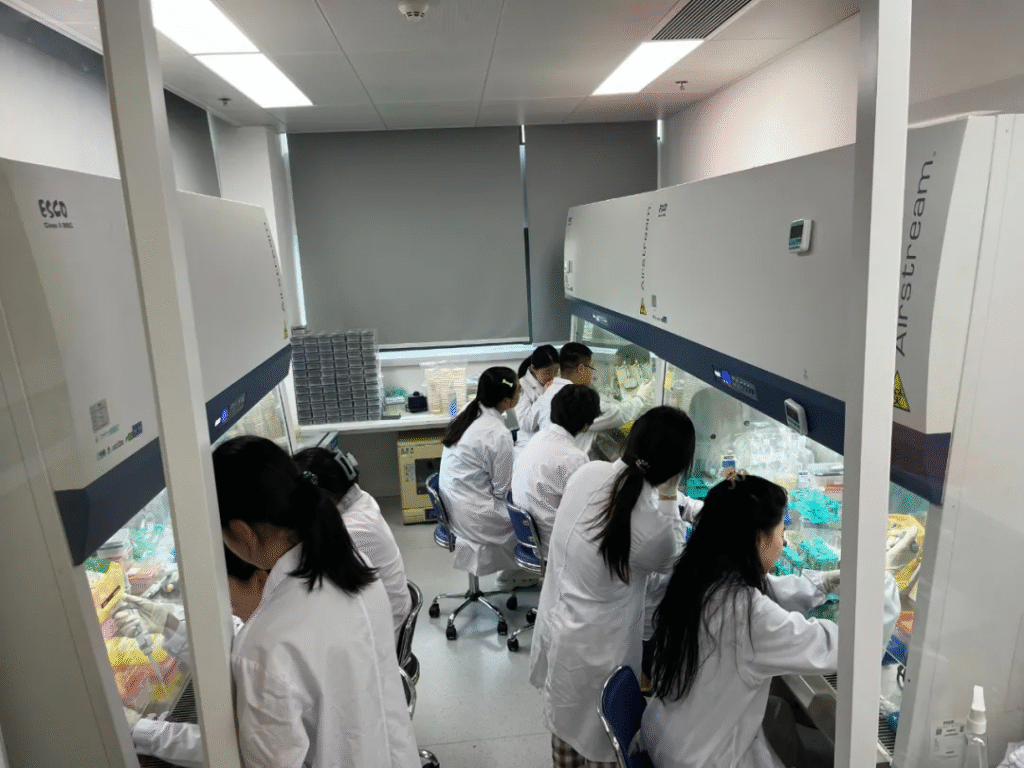
Cases like this are not isolated in Shanghai’s clinical practice. So far, the team has completed over 200 phage therapy treatments, achieving a 78% effectiveness rate—significantly higher than the roughly 50% success rate of antibiotics. The incidence of side effects is just 7%, and most are manageable fevers, without the allergic reactions commonly seen with antibiotics.
Behind these achievements stands a young, dynamic team with an average age of 30, who have built a full-chain innovation system. Among the fewer than 20 team members, half hold graduate degrees, with backgrounds spanning virology, pathogenic microbiology, and related fields. They haven’t just overcome the technical bottleneck of rapid phage matching—they’ve also enhanced the power of these “natural killers” through synthetic biology.
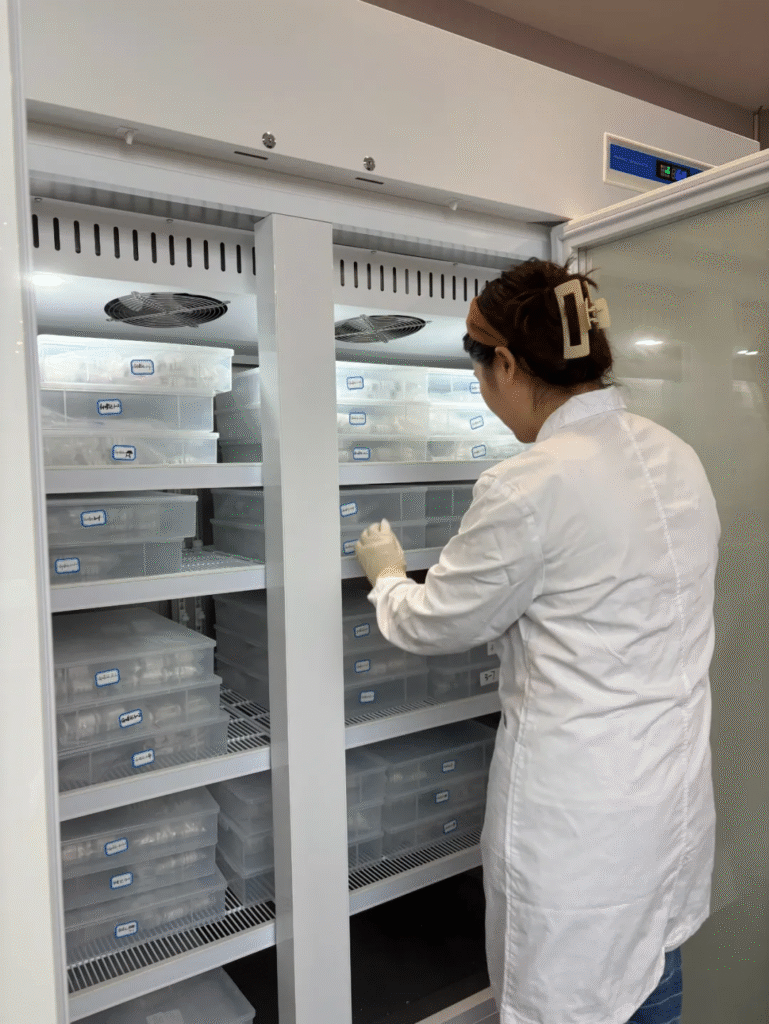
“Some bacteria develop resistance systems, so we use gene editing to strengthen the phage’s adhesion. Some phages have a narrow antibacterial spectrum, so we modify their ‘attack targets’ to broaden their range,” explained 朱同玉. The team has secured a series of patents around phage formulation, purification processes, and engineering transformation—marking a leap from “individualized rescue” to standardized products.
From laboratory breakthroughs to industrial scaling — paving a “Chinese pathway” to global leadership
“While some Western countries have already approved limited clinical use of phage therapy, we have clear advantages in matching speed and personalized treatment design,” said Zhu Tongyu. He added that the team is now working with national authorities to promote phage therapy as a standardized clinical technology, while also exploring applications in vaccine delivery and cancer treatment.
In the future, phages are expected to become a platform technology, playing a role in many more medical scenarios.

From a “natural microorganism” in sewage to an “engineered weapon” in the laboratory; from precise matching completed in just one hour to a comprehensive industrial system, Shanghai is using new productive forces to power a stunning transformation of bacteriophages.
This is not a simple replication of traditional technology, but a qualitative leap—driven by the deep integration of big data, synthetic biology, and standardized production—turning phages from something merely “usable” into something truly highly effective.
